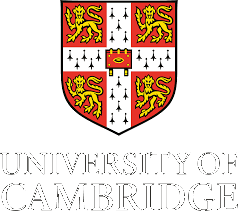Moliant i Ieuan Fedyddiwr
edited by Dafydd Johnston
Introduction
This poem follows very closely the story of John the Baptist as recorded in the Gospels, in particular the first chapter of Luke’s Gospel. But the poet’s source of information was most likely the chapter ‘The Nativity of St. John the Baptist’ in the Legenda Aurea. John’s parents, the priest Zachariah and his wife Elizabeth, are said to have grown old without having any children (1–6), until the angel Gabriel appeared to Zachariah in the temple and told him that Elizabeth would bear a child called John who would turn many people to God (7–14). Because Zachariah did not believe the angel’s words he was struck dumb until the child was born (23–4). Elizabeth was a kinswoman of the Virgin Mary, who was also pregnant at the time, and when the two came together the child leapt in Elizabeth’s womb (17–20). John lived as a hermit in the wilderness wearing camel skin (45–50), and he baptized Jesus Christ (27–8, 35–6).
Ieuan (from Iohannes) was the usual form of the name in Middle Welsh, and Ifan also occurs, but Ioan is not found before William Salesbury’s New Testament.
Date
This poem cannot be dated any more precisely than the period of Lewys Glyn Cothi’s activity, that is c.1447 × c.1489.
Previous edition
GLGC poem 3.
Metre and cynghanedd
Cywydd, 62 lines. Cynghanedd: croes 32% (20 l.), traws 45% (28 l.), sain 11% (7 l.), llusg 11% (7 l.).


